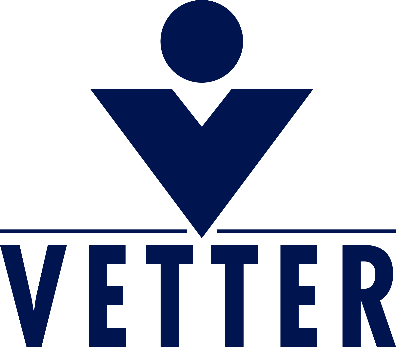When it comes to the issue of serialisation, only one thing is certain at present: its implementation. Laws have been passed or are already in force in several countries, however the future requirements are as yet undecided in others. This demands flexibility on the part of international companies such as Vetter, which manufactures aseptically prefilled syringes, cartridges, and vials for international pharmaceutical and biotech companies. The secondary packaging of these is also offered as a service. To satisfy the different serialisation requirements arising from changing legislation, short-term customer needs and specific country-related regulations, Vetter has opted for a combination of track and trace solutions.
The various types of unique product identification can be put into three categories: the simplest being machine-readable carton identification using the global trade item number (GTIN), batch number, and expiration date. For example, this has been mandatory in France since 2011, in South Korea since 2013, and in Saudi Arabia since the beginning of 2015. The second stage, serialisation, adds a unique, up to 20-digit serial number (French coding), which is generated and managed by special software. The serial numbers are recorded, forwarded to the corporate IT system, and, if necessary, transferred to an external database. This type of serialisation is expected to be required in the European Union as of 2018.

